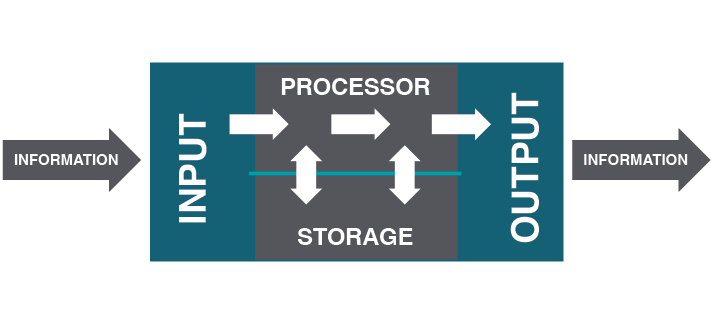5.3. Databases

To transform data into information for decision-making, a system must be used to input and manipulate data for aggregation and analysis. A database is designed for this purpose. A database is an organized collection of related information. It can be thought of as a list of data or several lists of data. It is an organized collection, because in a database, all data is described and associated with other data.
It is important to note that databases are not always digital – a filing cabinet, for instance, might be considered a form of database. Most organizations have several databases—perhaps even hundreds or thousands. These various databases might be focused on any combination of functional areas (sales, product returns, inventory, payroll), geographical regions, or business units. Firms often create specialized databases for recording transactions, as well as databases that aggregate data from multiple sources in order to support reporting and analysis. Because of the versatility of databases, we find them powering all sorts of projects. A database can be linked to:
- A website that is capturing registered users
- A client-tracking application for social service organizations
- A medical record system for a healthcare facility
- Your personal address book in your email client
- A collection of word-processed documents
- A system that issues airline reservations
Database Management Systems

To the computer, a database looks like one or more files. In order for the data in the database to be stored, read, changed, added, or removed, a software program must access it. Many software applications have this ability: your digital music software can read its database to give you a listing of its songs (and play the songs) and your mobile-phone software can interact with your list of contacts.
A Database Management System (DBMS) is software for creating, storing, maintaining, and accessing database files. DBMS packages generally provide an interface for the user to interact with the database, create queries, and develop reports. Most of these packages are designed to work with a specific type of database, but generally are compatible with a wide range of databases. A DBMS include single-user personal desktop products like Microsoft Access or Filemaker Pro, and Web-based offerings like Intuit QuickBase. Enterprise solutions that can be used by many users at a time and shared across a network or the internet include products from Oracle, IBM (DB2), Sybase, Microsoft (SQL Server), and others. Oracle is the world’s largest database software vendor. The open-source MySQL is also an enterprise database.
“Chapter 4: Data and Databases” from Information Systems for Business and Beyond (2019) by David Bourgeois is licensed under a Creative Commons Attribution-NonCommercial 4.0 International License, except where otherwise noted.

